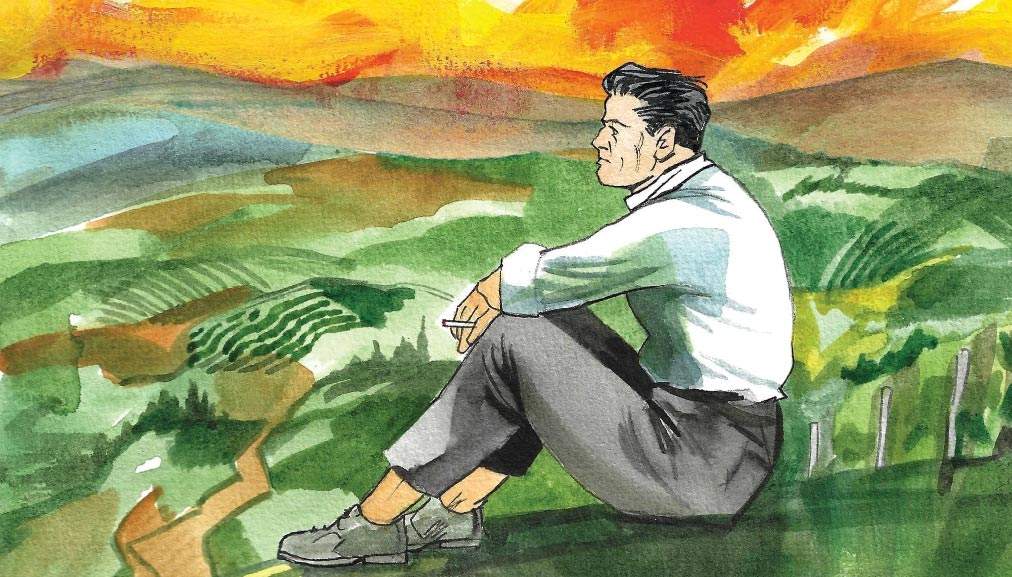"The Moon and the Bonfires," Cesare Pavese's masterpiece, becomes a comic book story
La luna e i falò, the masterpiece novel that Cesare Pavese (Santo Stefano Belbo, 1908 - Turin, 1950) published in the spring of 1950, becomes a comic strip story. Translating the story of “Anguilla” into a visual key is the Tunuè publishing house , which specializes precisely in comic books: the transposition of the novel bears the signature of Marino Magliani, screenwriter, and Marco D’Aponte, illustrator. The volume will be officially presented via live streaming on February 4 on the Lazio publisher’s social channels, and from the same date the work will be available for purchase in bookstores.
For Magliani and D’Aponte, this is not the first comic book adaptation of a novel: they had already achieved initial success with Sostiene Pereira by Antonio Tabucchi, and now they are returning to try their hand at a similar operation by devoting themselves to one of the cornerstones of twentieth-century literature, set in the postwar Langhe: it is the story of the protagonist Anguilla (his real name is never mentioned), who emigrated to America in search of a better life and then returned to the land of his birth, where he meets again his esteemed friend Nuto and learns about the profound changes that the Langhe underwent before, during and after the war, with all the burden of suffering it brought. The bonfires that give the novel its title are the novel’s strongest symbol: for the child protagonist they are an almost magical spectacle, enhancing his spirit of adventure, while returning to the adult Eel’s mind they become synonymous with disillusionment.
The novel’s cover depicts the protagonist lying on the profile of a hill, absorbed in his thoughts, while the sky is illuminated by a red glow that refers precisely to the bonfires symbolic of Pavese’s novel. “All the powerful images in this book-the moon, the fire, the blood, the impregnable women, the earth, the physical violence, the vineyards, the fields, the betrayal, Cinto who is childhood and Nuto who is wisdom,” the introduction reads, “come to life in an extraordinary way in this magnificent graphic novel with vivid colors, in which among the seemingly gentle green of the hills almost always appears a touch of blood red that is both prophecy and warning of what has already happened, and that transforms an American plain under a reddish moon in a memory of Eel into an anguished desert of blood.”
 |
| "The Moon and the Bonfires," Cesare Pavese's masterpiece, becomes a comic book story |
Warning: the translation into English of the original Italian article was created using automatic tools. We undertake to review all articles, but we do not guarantee the total absence of inaccuracies in the translation due to the program. You can find the original by clicking on the ITA button. If you find any mistake,please contact us.





























